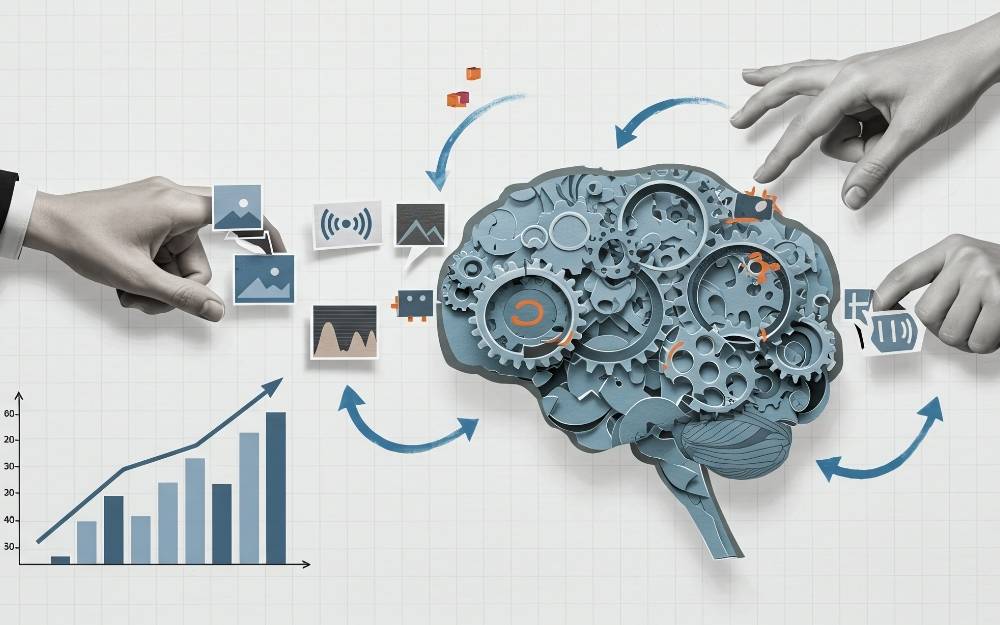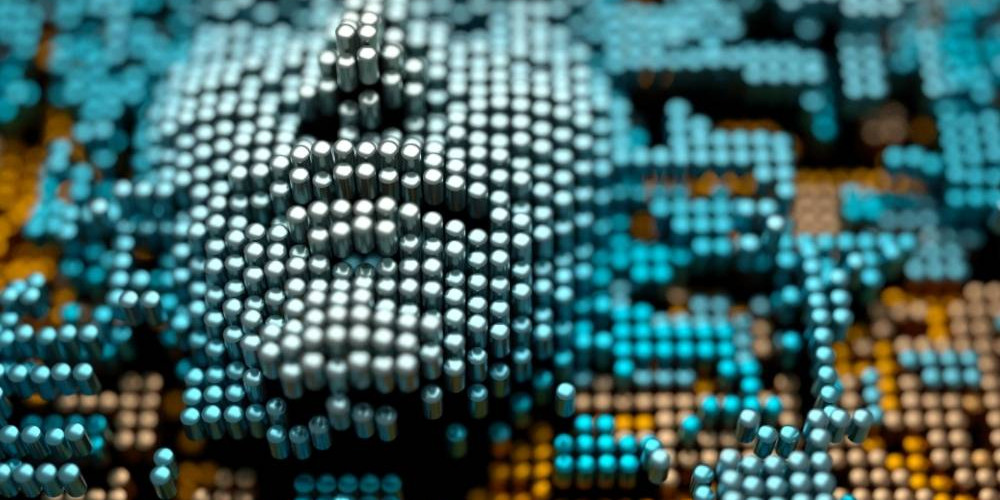In a world of constant pings, notifications, and digital noise, calm has become a rare luxury. The average person checks their phone hundreds of times a day, and our attention spans are under siege by algorithmic content designed to keep us hooked. Yet, a new movement is quietly emerging — digital mindfulness — a design philosophy and lifestyle approach reshaping how we live, work, and connect in the modern era.
What Is Digital Mindfulness?
Digital mindfulness is the intentional use of technology to promote balance, focus, and well-being instead of distraction and burnout. It’s about designing — and engaging with — digital spaces that encourage calm, clarity, and meaningful connection.
From apps that limit screen time to interfaces that use neutral color palettes and minimalistic layouts, digital mindfulness focuses on reducing cognitive overload while promoting emotional balance.
This movement is influencing product designers, app developers, and lifestyle innovators alike, all working toward one shared goal: a healthier relationship between humans and technology.
The Problem with Digital Overload
Modern living is hyperconnected — and that’s both a gift and a burden. The more connected we become, the more fragmented our attention grows. Studies show that digital fatigue leads to increased anxiety, sleep disruption, and lower productivity.
This is not merely a personal problem — it’s a design problem. The digital tools meant to empower us often do the opposite, stealing our time and focus through overstimulation and endless choice.
That’s where digital mindfulness steps in — not by rejecting technology, but by redesigning the way it interacts with human psychology.
How Design Can Create Calm
Calm isn’t accidental; it’s engineered. Mindful design is rooted in intentional simplicity — fewer distractions, more focus, and subtle sensory cues that foster a sense of ease.
Key principles of calm design include:
- Minimalist Interfaces: Clean layouts and gentle motion design that reduce cognitive friction.
- Soft Color Palettes: Neutrals and earth tones that evoke balance and stability.
- Intentional Notifications: Systems that alert only when it truly matters, reducing alert fatigue.
- Mindful Transitions: Animations and pauses that give the brain space to breathe between tasks.
This approach transforms digital environments from sources of stress into tools for restoration and clarity.

The Rise of Mindful Technology
Brands and creators are recognizing the demand for tech that supports mental well-being. Meditation apps like Headspace and Calm pioneered the space, but now the trend extends into everything from smart home devices that adjust lighting for better mood regulation to wearables that track emotional wellness.
In architecture and UX design alike, there’s a growing shift toward “digital sanctuaries” — spaces where users can engage without being overstimulated. It’s not about going offline but about finding equilibrium between presence and productivity.
This intersection of mindfulness and design is becoming the next evolution in digital culture: technology that heals rather than hijacks.
Mindful Living in the Digital Age
Mindfulness in the digital era doesn’t mean abandoning screens — it means redefining their role in our daily lives. Practical ways to integrate digital mindfulness include:
- Setting boundaries for device use.
- Using “focus modes” during work hours.
- Engaging with platforms that prioritize user well-being over engagement metrics.
- Incorporating analog habits — reading, journaling, walking — into daily routines.
When practiced consistently, these habits cultivate awareness, improve mental clarity, and nurture a sustainable digital lifestyle.
The Future: Designing for Human-Centric Calm
As society moves further into immersive technologies like AR, VR, and AI, the principles of digital mindfulness will only grow more critical. The next frontier of design will focus on creating harmony between technology, environment, and emotion.
The challenge for designers, developers, and innovators isn’t just to make things smarter — it’s to make them kinder. A calm interface, a soothing tone, or a well-timed pause might do more for user happiness than any new feature ever could.
Digital mindfulness isn’t about rejecting the future — it’s about designing one worth living in.



